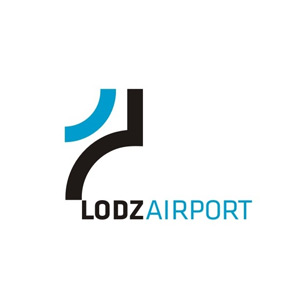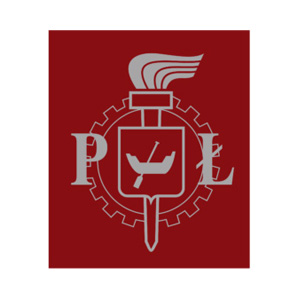Województwo Łódzkie – w centrum Polski, w centrum Europy
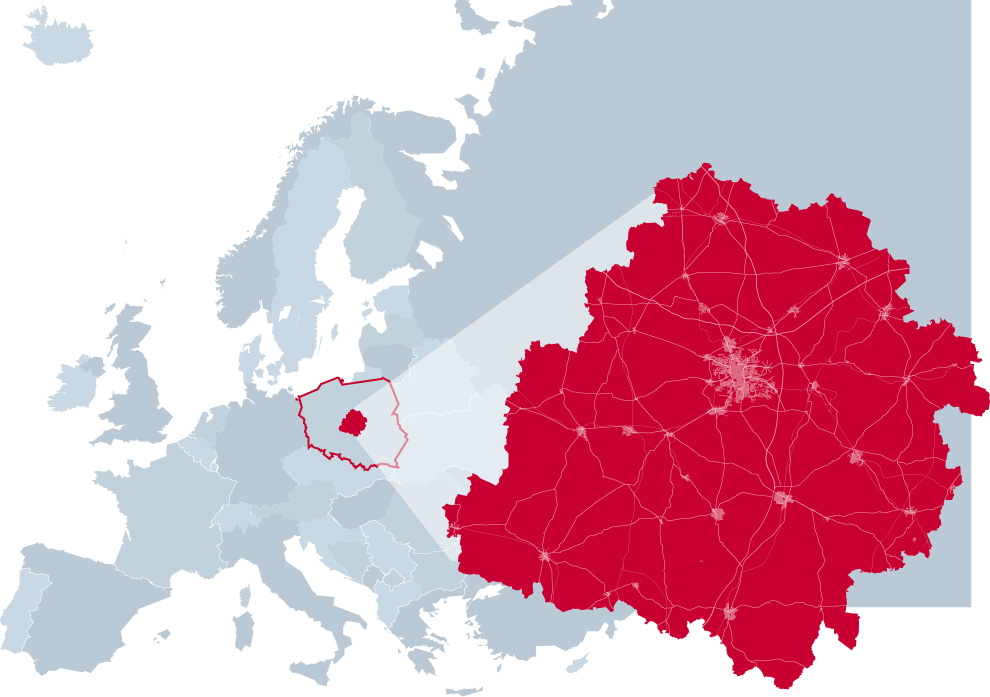

(w tym 62% w miastach)













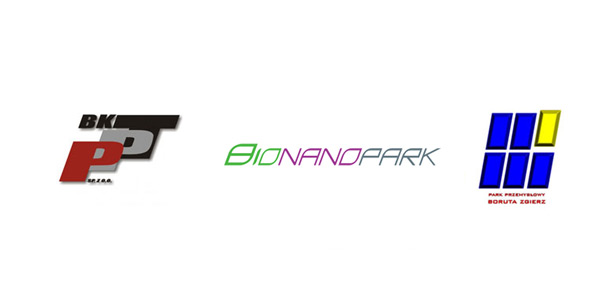
Najważniejsze wyższe uczelnie
z Łódzkiego wszędzie blisko
Region leży w centrum Polski, w centrum Europy i ma świetne połączenia komunikacyjne
W promieniu 200 kilometrów znajdują się niemal wszystkie najważniejsze polskie miasta, a nie dalej niż 1500 kilometrów
- prawie wszystkie europejskie stolice
Infrastruktura
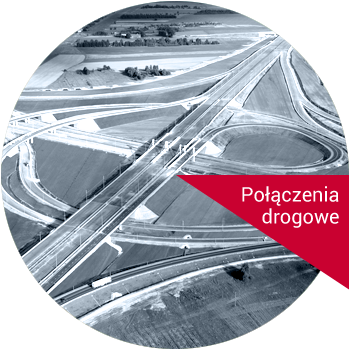
Atutem Łódzkiego jest lokalizacja w środku Polski i w środku Europy. Zaletą centralnego położenia regionu jest jego doskonałe skomunikowanie z polskimi i zagranicznymi miastami (pierwsze miejsce w Polsce pod względem kilometrów autostrad, drugie – z uwagi na łączną liczbę kilometrów autostrad i dróg ekspresowych). Łódzkie leży na przecięciu autostrad A1 i A2 stanowiących część transeuropejskiej sieci transportowej (TEN-T) łączącej Europę Zachodnią ze Wschodnią (korytarz Morze Północne – Bałtyk) oraz kraje bałtyckie z południową częścią kontynentu (korytarz Bałtyk – Adriatyk). Międzynarodowe znaczenie mają również położona na południe od Łodzi droga ekspresowa S8 oraz trasa ekspresowa S14 (na zachód od miasta). Stolica regionu jest pierwszym miastem w Polsce z pełnym ringiem dróg najwyższych kategorii.
Z Warszawy do Łodzi można dojechać samochodem autostradą A2 w nieco ponad godzinę. Z kolei podróż autostradą A1 z Łodzi do Gdańska zajmuje około trzech godzin. Natomiast do Wrocławia można dojechać drogą ekspresową S8 w ciągu 2 godzin. Planowana jest również budowa drogi ekspresowej S14 jako zachodniej obwodnicy Łodzi łączącej autostradę A2 z drogą ekspresową S8.

Przez województwo łódzkie przebiegają ważne szlaki kolejowe kraju. Są to linie: E20 Warszawa–Kutno–Poznań, Centralna Magistrala Kolejowa łącząca stolicę za Śląskiem i Krakowem, Magistrala Węglowa łącząca Karsznice, Zduńska Wolę, Inowrocław i Gdynię. Kolejnym ważnym węzłem są Koluszki, które umożliwiają Łodzi połączenia z Warszawą, Lublinem, Katowicami i Krakowem. Kolejowym oknem regionu na świat jest terminal Łódź–Olechów.
To jeden z ważniejszych terminali przeładunkowych cargo w Polsce. Dzięki uruchomieniu tego terminala dynamicznie rozwija się wymiana handlowa z chińskim miastem Chengdu w prowincji Syczuan. Trasa „Nowego Jedwabnego Szlaku", jak nazywają ją Chińczycy, wiedzie z Chengdu przez Kazachstan, Rosję i Białoruś do Łodzi. Chińczycy wybrali Łódź między innymi dlatego, iż usytuowana jest w centrum Europy i towary są w stanie dotrzeć do Francji, Skandynawii, Rosji lub na Bałkany w ciągu dwóch dni. O rozwój chińskich relacji dba „lokalna ambasada", tj. Regionalne Biuro Województwa Łódzkiego i Miasta Łodzi w Chengdu, które pomaga w nawiązaniu kontaktów gospodarczych oraz promocji naukowej i kulturalnej.
Atutem województwa łódzkiego jest Łódzka Kolej Aglomeracyjna, powołana przez władze województwa. ŁKA dowozi turystów, uczniów, studentów i pracowników do najodleglejszych miejsc regionu. Obsługiwane trasy to: Łódź - Toruń, Łódź - Sieradz, Łódź - Poznań, Łódź - Łowicz, Łódź - Warszawa, Łódź - Radomsko and Łódź - Kutno.
W Łodzi powstaje Dworzec Łódź-Fabryczna – serce nowego centrum stolicy regionu, które będzie głównym elementem Nowego Centrum Łodzi i jednym z najnowocześniejszych tego typu obiektów w Europie.
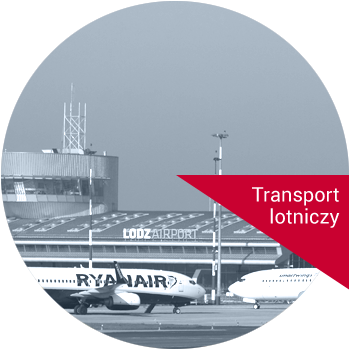
W odległości 6 kilometrów od centrum Łodzi znajduje się międzynarodowe lotnisko - Port Lotniczy Łódź im. Władysława Reymonta, obsługujący ruch pasażerski i towarowy. Siatka połączeń rejsowych dynamicznie się rozwija. Łódzkie lotnisko obsługuje głównie połączenia na kierunku zachodnim (Wielka Brytania, Irlandia, Belgia) oraz południowym (Hiszpania, Włochy).
Na lotnisku funkcjonuje również terminal cargo, który w 2022 roku odprawił ok. 5,5 tysiąca ton frachtu.
W Warszawie oddalonej o 130 km znajduje się Port Lotniczy im. Fryderyka Chopina, z którego można dotrzeć do ponad stu miejsc na całym świecie.
Gospodarka
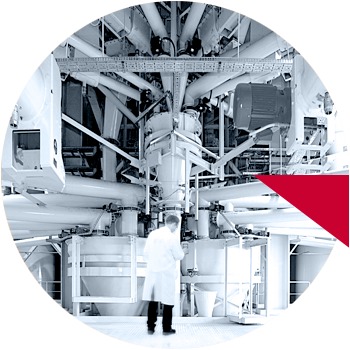
Na terenie województwa łódzkiego funkcjonuje około 290 tysięcy podmiotów gospodarczych, głównie małych i średnich. Firmy te mogą być potencjalnymi kontrahentami i partnerami (jako poddostawcy części i akcesoriów) dla zagranicznych inwestorów w zakresie współpracy handlowej i inwestycyjnej.
Ponad 97% spośród wszystkich podmiotów to firmy prywatne. Liczba spółek handlowych z udziałem kapitału zagranicznego wynosi ok.1900.
Województwo łódzkie ma silną i ciągle rozrastającą się o nowe gałęzie gospodarkę. Jest tradycyjnie mocne w przemyśle lekkim, a także w takich branżach, jak: AGD, produkcja materiałów budowlanych, przetwórstwo rolno-spożywcze.
Łódzkie jest wśród najważniejszych polskich ośrodków koncentrujących firmy z sektora nowoczesnych usług dla biznesu (BPO/SSC).
Kolejną branżą jest energetyka, której ważnym ośrodkiem jest Bełchatów, gdzie wytwarza się ponad 20% krajowej energii elektrycznej.
Łódź jest jednym z najważniejszych polskich ośrodków zewnętrznego wsparcia biznesu. Jak wynika z raportu ABSL „Sektor nowoczesnych usług biznesowych w Polsce 2020” w stolicy regionu firmy BPO i SSC zatrudniały prawie 30 tys. osób, to jest 8,9% ogółu pracowników tego sektora w Polsce.
Następną kluczową branżą dla regionu jest logistyka, co nie może zaskakiwać biorąc pod uwagę strategiczne położenie regionu. Największym centrum logistycznym w regionie jest Stryków, między innymi ze względu na to, iż leży tuż przy skrzyżowaniu autostrad A1 i A2. Powstały tam następujące parki logistyczne: Business Park, Segro Logistic Park Stryków, Tulipan Park Stryków, Panattoni Park Stryków oraz siedziby firm z tej branży. Drugim miejscem o znaczeniu logistycznym jest Piotrków Trybunalski. Również tutaj znajdują się parki logistyczne. Są to: Logistic City Piotrków Distribution Center, P3 Park Piotrków, Centrum Logistyczne Kaufland, Regionalne Centrum Dystrybucji IKEA, Prologis Park Piotrków.
Edukacja
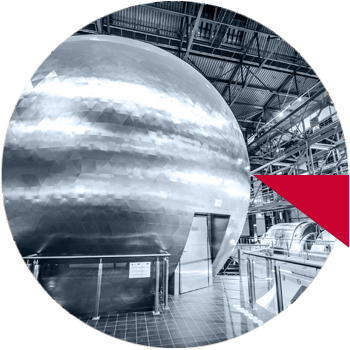
Stolica regionu to ważny ośrodek akademicki. W Łodzi ma siedzibę 6 państwowych uczelni: Politechnika Łódzka, Uniwersytet Łódzki, Uniwersytet Medyczny, Akademia Muzyczna im. Grażyny i Kiejstuta Bacewiczów, Akademia Sztuk Pięknych im. Władysława Strzemińskiego oraz Państwowa Wyższa Szkoła Filmowa, Telewizyjna i Teatralna im. Leona Schillera. Ta ostatnia to szkoła z tradycjami, jedna z najstarszych uczelni filmowych na świecie, która kształci reżyserów, operatorów, twórców animacji, montażystów, producentów, scenarzystów, fotografików i aktorów. W Łodzi jest aż 21 prywatnych uczelni. W stolicy regionu studiuje ponad 100 tys. osób. Na rynek pracy trafia z nich 18 tys. wysoko wykwalifikowanych absolwentów rocznie.
W roku akademickim 2020/2021 w stolicy regionu i w woj. łódzkim studiowało 76,9 tys. osób.
Edukacja w Łódzkiem to również ośrodki międzynarodowej współpracy naukowej: Alliance Francaise, British Counsil, Katedra Badań Niemcoznawczych, Katedra Amerykanistyki i Mass Mediów, Studium Języka Polskiego dla Cudzoziemców Uniwersytetu Łódzkiego. Poza uczelniami w regionie ulokowane są ważne ośrodki badawcze B+R, w tym przedstawicielstwa Polskiej Akademii Nauk: Centrum Badań Molekularnych i Makromolekularnych PAN, Instytut Biologii Medycznej PAN, Centrum Biologii Medycznej i Mikrobiologii PAN. W Łodzi istnieje szkoła przeznaczona dla dzieci i młodzieży międzynarodowej British International School of the University of Łódź prowadząca działalność edukacyjną w języku angielskim, zgodnie z English National Curriculum. Program nauczania obejmuje wszystkie etapy edukacji angielskiej dla dzieci i młodzieży w wieku od 3 do 18 lat.

